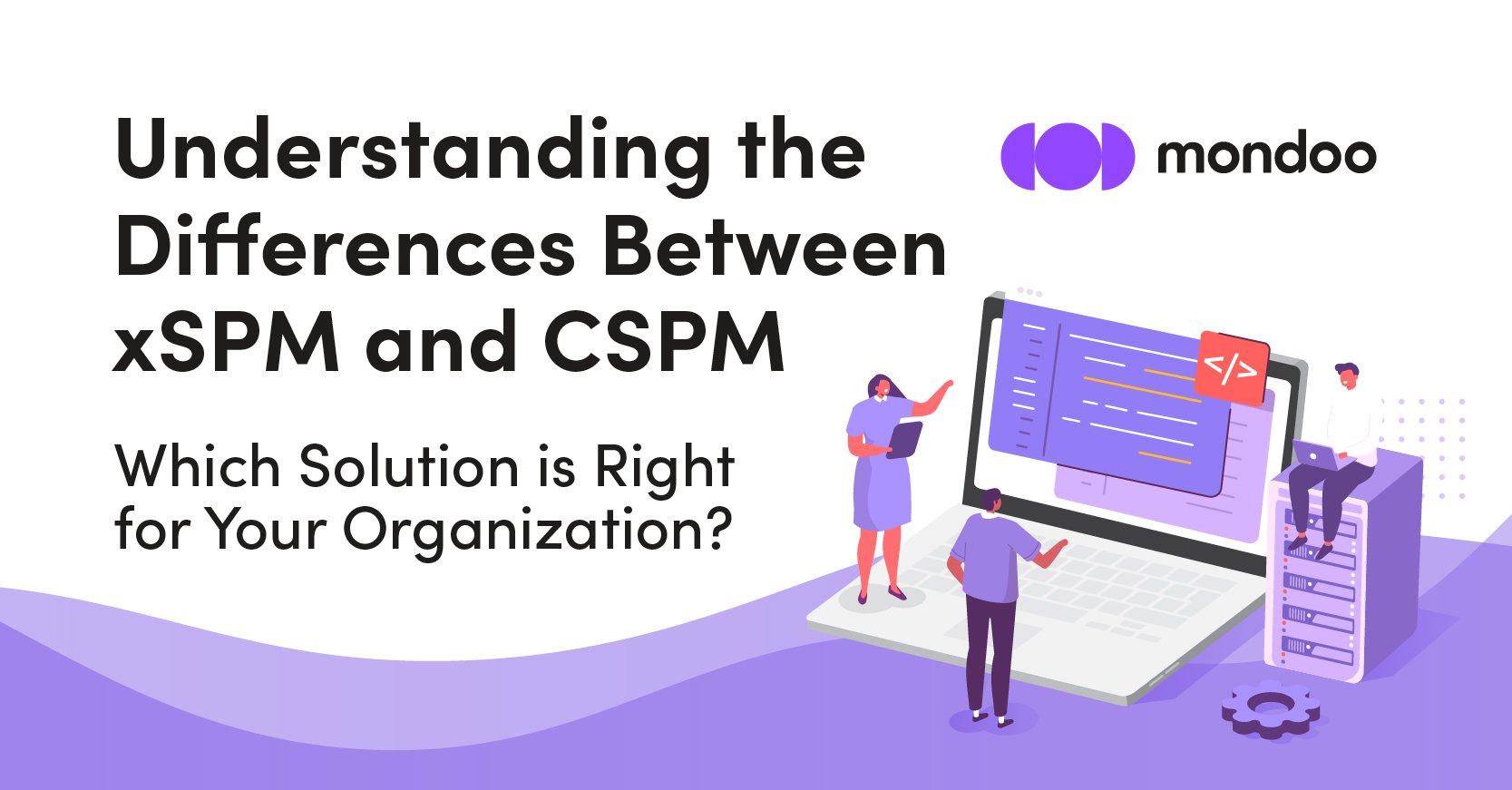In today's digital landscape, organizations need to ensure the security and compliance of their entire infrastructure, including on-premises, cloud-native applications, and SaaS services. Two solutions that have emerged to address this need are extensible security posture management (xSPM) and cloud security posture management (CSPM). Both xSPM and CSPM help organizations assess, improve, and maintain their security posture, but they approach this task in slightly different ways. In this article, we will explore the key differences between xSPM and CSPM and help you determine which solution is the best fit for your organization.
xSPM: A Complete View of Security Posture
Extensible security posture management (xSPM) is a set of practices and open source tools that help organizations ensure the security and compliance of their complete infrastructure (e.g., on-prem, Cloud, SaaS). xSPM typically involves:
- Automated and continuous monitoring
- Managing an organization's entire infrastructure and applications
- Data to identify and mitigate potential security threats, vulnerabilities, and misconfiguration across the infrastructure layers
Traditional security tools and approaches are designed to protect on-premises data centers and endpoints, not cloud-native applications or services. Cloud security tools are developed for modern cloud technologies and do not support on-premises applications and SaaS services. This results in a fragmented view of the infrastructure. With an xSPM solution, organizations can collect data and monitor the complete infrastructure stack for security and compliance.
CSPM: Automated Security for Cloud Environments
Cloud security posture management (CSPM) is an automated security solution that manages the monitoring, identification, alerting, and remediation of compliance risks and misconfigurations in cloud environments, such as AWS, Azure, and GCP. One of the key features is continuous monitoring for security policy enforcement gaps.
CSPM includes agentless and agent-based vulnerability (CVE) and misconfiguration detection for operating systems, packages, and libraries on virtual machines, containers, serverless functions, appliances, and non-agent workloads. A common misconfiguration is accidentally granting public read permissions to s3 buckets.
Comparing xSPM and CSPM
xSPM and CSPM are similar in their goal to ensure the security and compliance of an organization's infrastructure. However, they differ in their scope and focus. xSPM is an extensible solution that covers the entire infrastructure, including on-premises, cloud, and SaaS services. CSPM, on the other hand, is specific to cloud environments and focuses on identifying and mitigating compliance risks and misconfigurations.
xSPM is a more comprehensive solution that covers all aspects of an organization's infrastructure and provides a unified security view of the entire infrastructure stack. It is best suited for organizations with a mix of on-premises and cloud environments. CSPM is a more specific solution that is best suited for organizations that are primarily in the cloud and need to ensure compliance with cloud-specific regulations and policies.
Choosing the right security solution for your organization
Both xSPM and CSPM are important for ensuring the security and compliance of an organization's cloud infrastructure, but organizations should choose the solution that best suits their specific needs.
Ready to take the next step in securing your entire infrastructure stack? Download our white paper, "Building a Stronger Security Posture with Extensible Security Posture Management (xSPM)", to learn more about how xSPM can help your organization achieve comprehensive security and compliance. Don't miss this opportunity to gain valuable insights and strategies for protecting your entire infrastructure.





